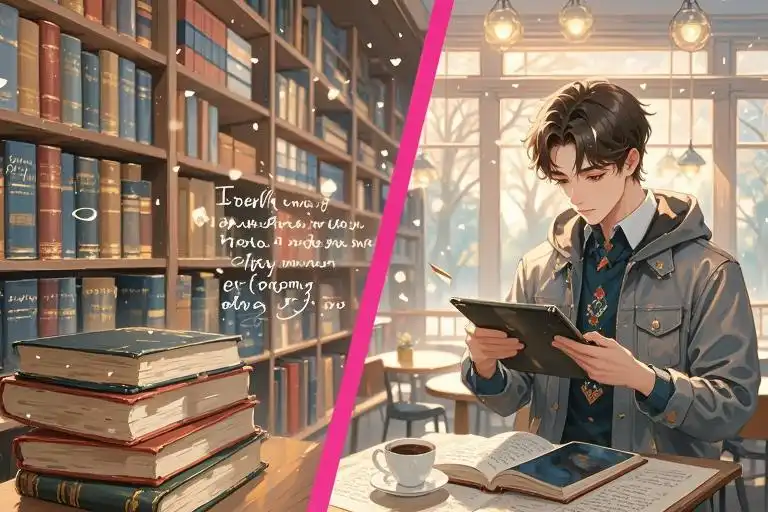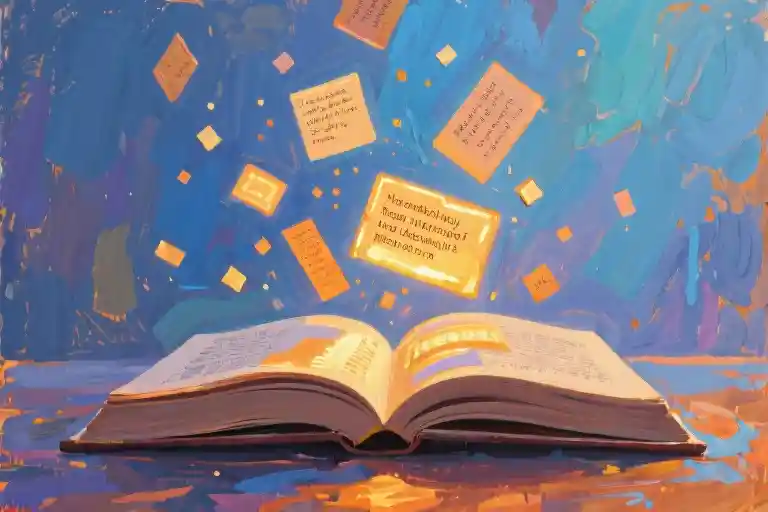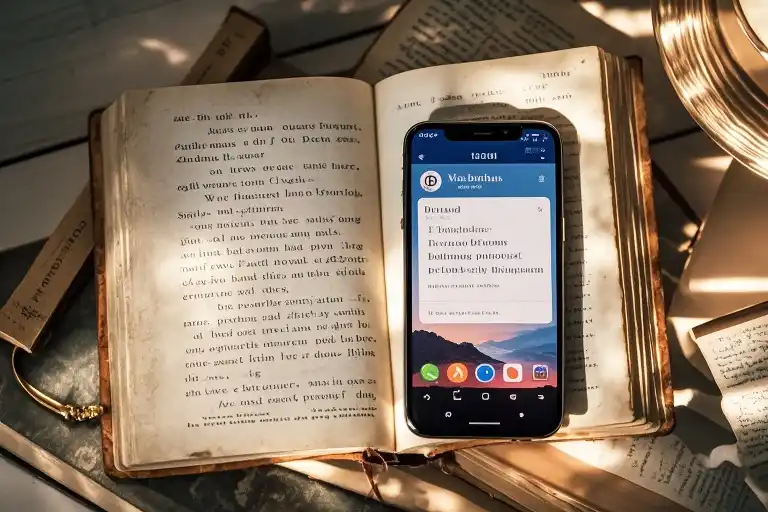Let me tell you about the afternoon I walked into a cozy Brooklyn café and saw three millennials photographing avocado toasts… with Rupi Kaur’s Milk and Honey strategically placed in the frame. The scene crystallized poetry’s new reality in our swipe-right culture – where verses now compete with latte art for Instagram virality.
When Poetry Wore Crowns 👑
Remember high school English classes dissecting Emily Dickinson’s dashes or decoding Shakespeare’s sonnets? Traditional poetry demanded what neurologists call “deep attention” – the kind that makes your prefrontal cortex sweat. T.S. Eliot reportedly spent four years perfecting The Waste Land, each reference to Fisher King mythology weighing more than a philosophy textbook.
Dr. Alicia Ostriker, former Chancellor of the Academy of American Poets, puts it bluntly: “Pre-internet poets served apprenticeships. You didn’t just ‘feel things deeply’ – you studied scansion like a musician masters scales.” The 2018 National Poetry Survey revealed that 68% of published poets spent over a decade honing their craft before debut collections.
The TikTok-ification of Verse 🎭
Enter Instapoetry – the literary equivalent of fast fashion. These snackable verses thrive on:
✅ Immediate emotional resonance (“You fit into me like a hook into an eye” becomes “He left and I became a sinking emoji”)
✅ Visual packaging (doodles > diction)
✅ Shareability metrics (the ✨aesthetic✨ trumps ambiguity)
Rupi Kaur’s 2014 Instagram account proved prophetic. Her deconstructed couplets – think “i want to apologize to all the women i’ve called pretty before i’ve called them intelligent” – became the template for 21st-century poetry. With 4.5 million Instagram followers and 3 million books sold, she’s rewritten the rules… or erased them, depending on whom you ask.
Celebrity Verses & Cultural Whiplash 🤯
The numbers tell a surreal story:
| Traditional Poetry Collection | Instapoetry Bestseller |
|---|---|
| 2,000-10,000 copies sold | 500,000+ copies sold |
| 18-month publication cycle | 6-week viral turnaround |
| University press distribution | TikTok-driven demand |
When Megan Fox’s Pretty Boys Are Poisonous (2023) outsold Louise Glück’s Nobel-winning works 10:1, the literary world shuddered. “It’s not that celebrities can’t write poetry,” argues critic David Orr. “It’s that their diaries get marketed as profound art because algorithms love famous faces.”
Why This Matters More Than You Think 💔
The danger isn’t that people write simple poems – it’s that we’re losing the mental muscles to appreciate complexity. Neuroscience shows that reading dense poetry activates 7% more brain regions than skimming Instagram captions. Like swapping chess for Candy Crush, we’re trading cognitive growth for dopamine hits.
But here’s the twist: 41% of Kaur’s readers report buying “real” poetry collections afterward (Per 2022 Penguin Random House study). Maybe these bite-sized verses are gateway drugs to richer literary experiences. As poet Clint Smith suggests: “Let’s stop gatekeeping and start guiding. A haiku today might lead someone to Dante tomorrow.”
Reclaiming Depth in the DMs Era 💌
How to nurture meaningful engagement:
- The 10-Minute Challenge: Read one classic poem daily with your morning coffee
- Join #SlowPoetry communities (BookTok’s antidote to quick-scroll culture)
- Try “Remix” exercises – rewrite Instagram verses using traditional forms
- Support indie poetry presses like Graywolf or Copper Canyon
As I left that Brooklyn café, I noticed something hopeful – dog-eared copies of Mary Oliver and Ocean Vuong peeking from designer backpacks. The kids are alright; they’re just curating their literary journeys differently. Poetry isn’t dying; it’s shapeshifting. Our task? Keep the conversation alive – in comments sections and coffeehouses alike.



